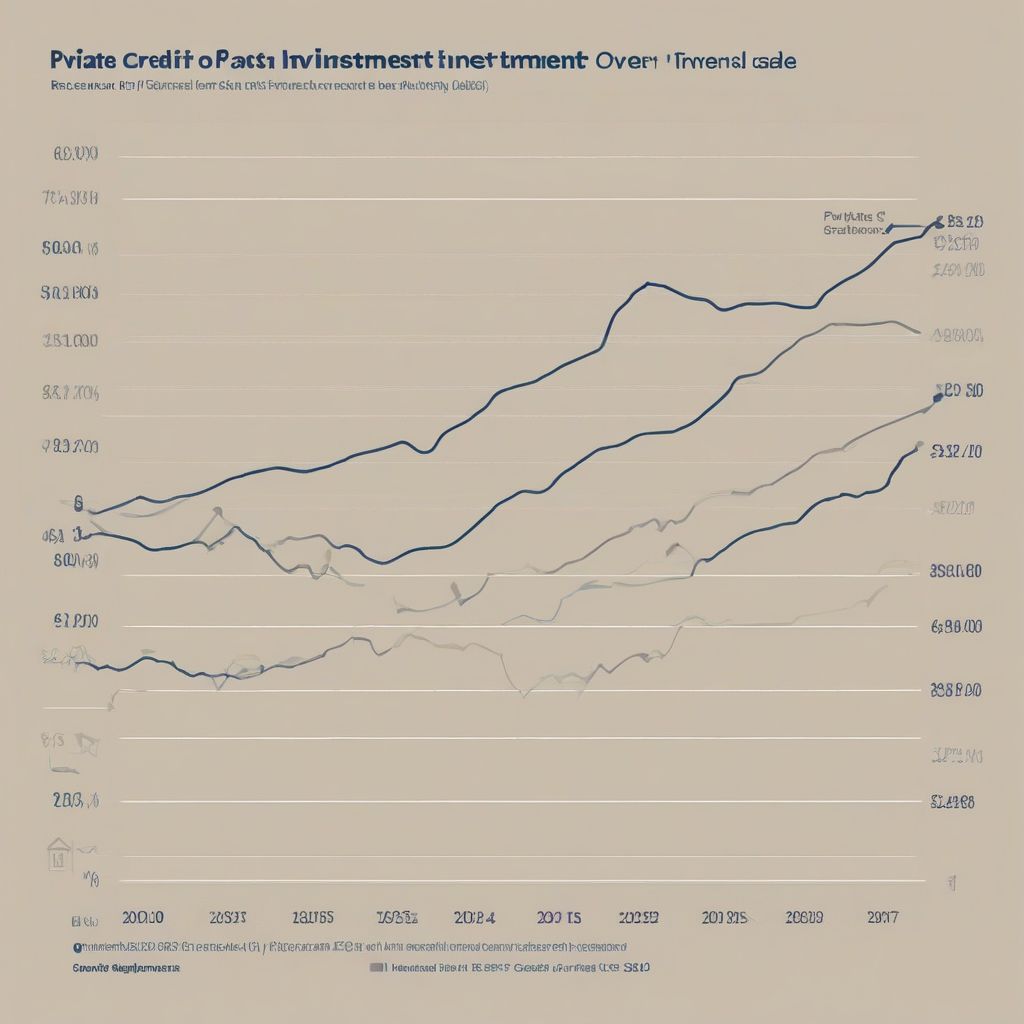The world of finance offers a diverse range of investment avenues, and Private Credit Investment has steadily gained traction as an attractive option for investors seeking compelling risk-adjusted returns. But navigating this complex landscape requires a firm grasp of its nuances. This comprehensive guide delves deep into private credit investment, demystifying its workings, benefits, risks, and its potential role in your portfolio.
Understanding Private Credit Investment
At its core, private credit investment involves lending capital to companies or projects not primarily financed by traditional bank loans. Instead of investing in publicly traded debt securities like bonds, private credit investors lend directly to borrowers or purchase existing private debt.
This form of investment encompasses a wide spectrum of lending strategies, often categorized as:
- Direct lending: Funds extend loans directly to middle-market companies, bypassing the traditional banking system.
- Mezzanine financing: This hybrid approach involves providing debt financing that holds characteristics of both debt and equity, often used to fund expansions or acquisitions.
- Distressed debt: Investors purchase debt of financially troubled companies at a discount, aiming for profits through turnaround or restructuring.
- Venture debt: Loans provided to early-stage, high-growth companies, typically in the technology or biotechnology sectors.
Why Consider Private Credit?
Private credit investment offers several potential advantages that can enhance your portfolio diversification and return potential:
- Attractive Returns: Historically, private credit has demonstrated the potential to generate higher returns compared to traditional fixed-income investments. This is often attributed to the illiquidity premium and the specialized nature of these investments.
- Portfolio Diversification: As private credit markets are less correlated with public markets, they can offer valuable diversification benefits, potentially reducing overall portfolio volatility.
- Floating Rate Structures: Many private credit investments are structured with floating interest rates, which can provide a hedge against inflation, as interest payments adjust according to market rates.
- Enhanced Control: Direct lending strategies often provide investors with greater control and influence over the terms of the loan, potentially leading to more favorable outcomes.
shopsua.vn/wp-content/uploads/2024/08/private-credit-investment-chart-66b6dd.jpg" alt="Private Credit Investment Growth Chart" width="1024" height="1024">Private Credit Investment Growth Chart
Navigating the Risks in Private Credit
While the potential rewards of private credit investment are enticing, it’s crucial to acknowledge and understand the inherent risks involved:
- Illiquidity: Private credit investments are generally illiquid, meaning they cannot be easily bought or sold on public exchanges. This characteristic demands a longer-term investment horizon.
- Default Risk: As with any lending activity, there is always a risk that borrowers may default on their loan repayments. Thorough due diligence and credit analysis are paramount to mitigate this risk.
- Lack of Transparency: Compared to publicly traded securities, private credit investments may lack transparency, making it essential to partner with experienced managers with a strong track record.
- Interest Rate Sensitivity: While floating rates offer inflation protection, they also expose investors to interest rate risk. If market interest rates rise, the cost of borrowing increases, potentially impacting returns.
Key Considerations for Private Credit Investors
Before venturing into private credit, careful consideration of several factors is crucial:
- Investment Time Horizon: Due to the illiquidity inherent in private credit, it’s best suited for investors with a long-term investment horizon, typically five to ten years or more.
- Risk Tolerance: As with any investment, understanding your risk tolerance is crucial. Private credit can be more volatile than traditional fixed income, making it essential to assess your comfort level with potential fluctuations.
- Due Diligence: Thoroughly researching and understanding the track record, investment strategy, and management team of potential private credit managers is paramount.
- Portfolio Allocation: Determining the appropriate allocation to private credit within your overall portfolio is vital, considering your individual financial goals and risk profile.
Conclusion
Private credit investment offers a compelling opportunity for investors seeking to diversify their portfolios and potentially enhance returns. However, it’s essential to recognize that this asset class demands a thorough understanding of its intricacies, risks, and potential rewards.
By conducting comprehensive due diligence, aligning investment choices with your financial goals and risk tolerance, and seeking guidance from experienced professionals, you can navigate the world of private credit investment with greater confidence. Remember, continuous learning and staying informed about market trends are essential for making sound financial decisions.
